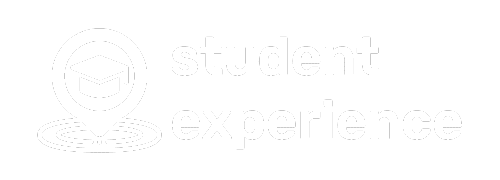If you want to help students become more successful learners, you need to provide them with a personalized learning environment. This means creating a space where students feel comfortable asking questions, sharing ideas, and collaborating with others. It also means providing them with access to the tools they need to complete assignments and projects.
The National Center for Education Statistics reports that nearly half of college students (48 per cent) say they have used social media sites such as Facebook, Twitter, Instagram, Snapchat, YouTube, Tumblr, Pinterest, Google+, LinkedIn, Reddit, Vine, and others. In fact, according to Pew Research Center, 72 per cent of 18-to-29 year olds use at least one social networking site.
The Digital Literacy for Higher Education Course teaches students how to navigate the web safely and responsibly. Students will learn how to find reliable sources of information, evaluate websites, and identify potential scams and phishing attacks while using the internet. Students will be able to create a personalised learning environment where they can easily access information from anywhere at any time.



